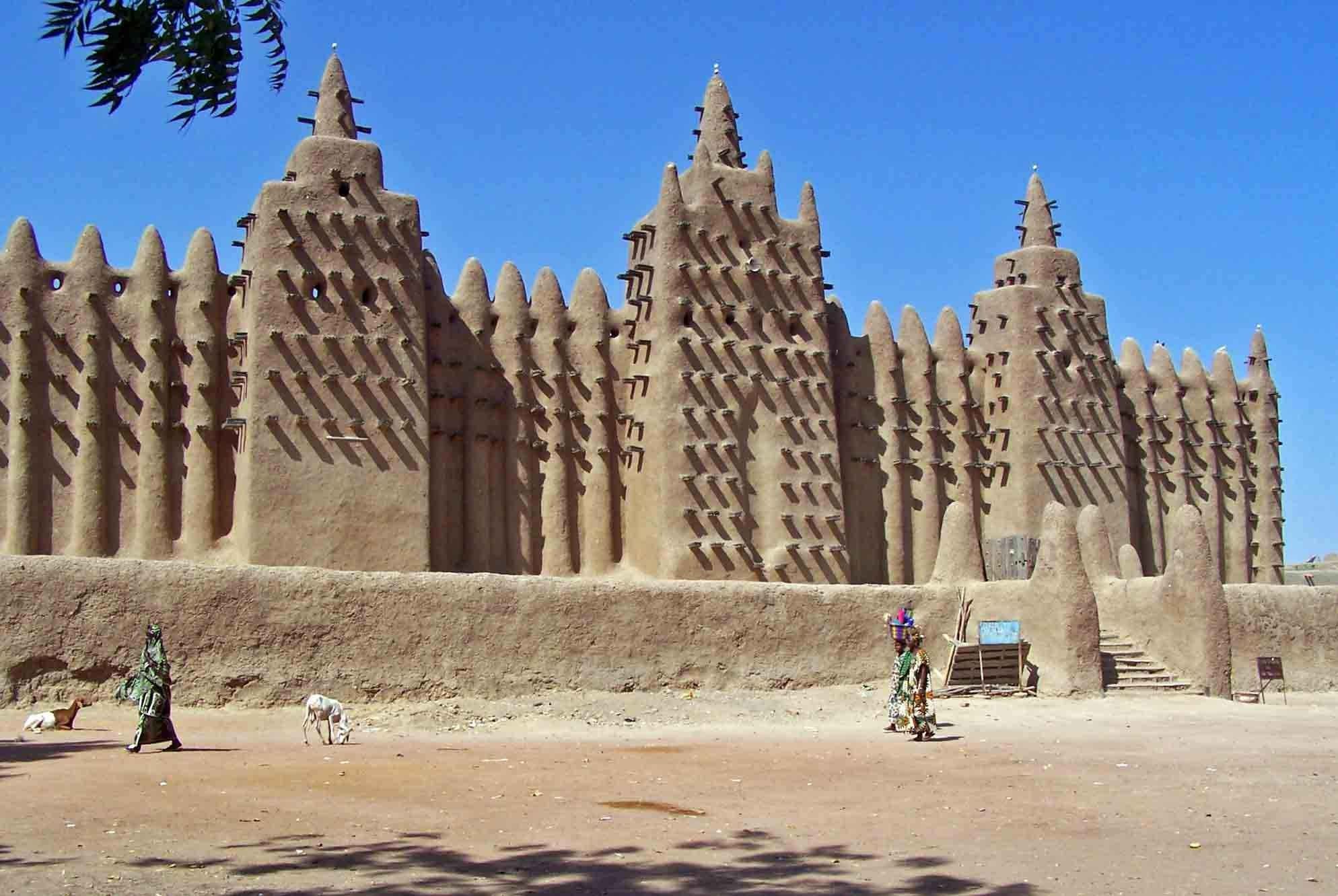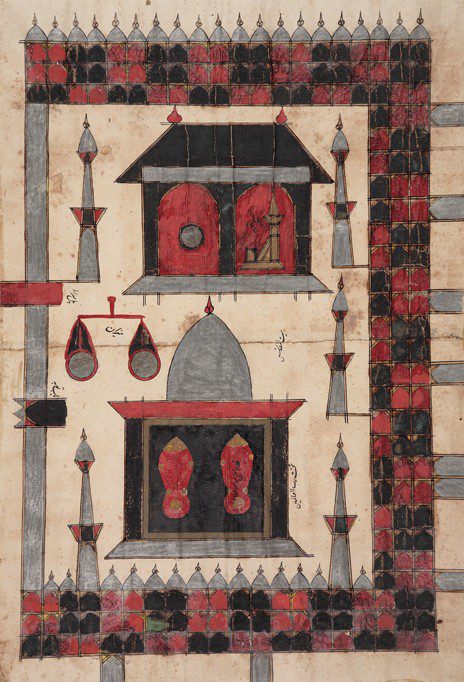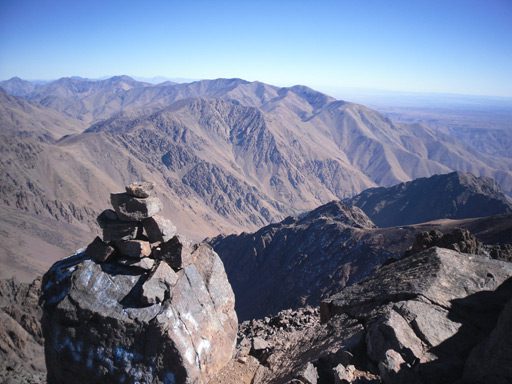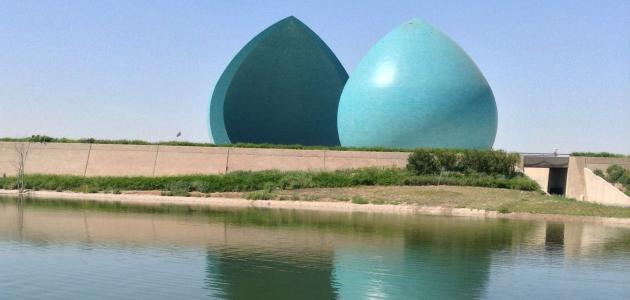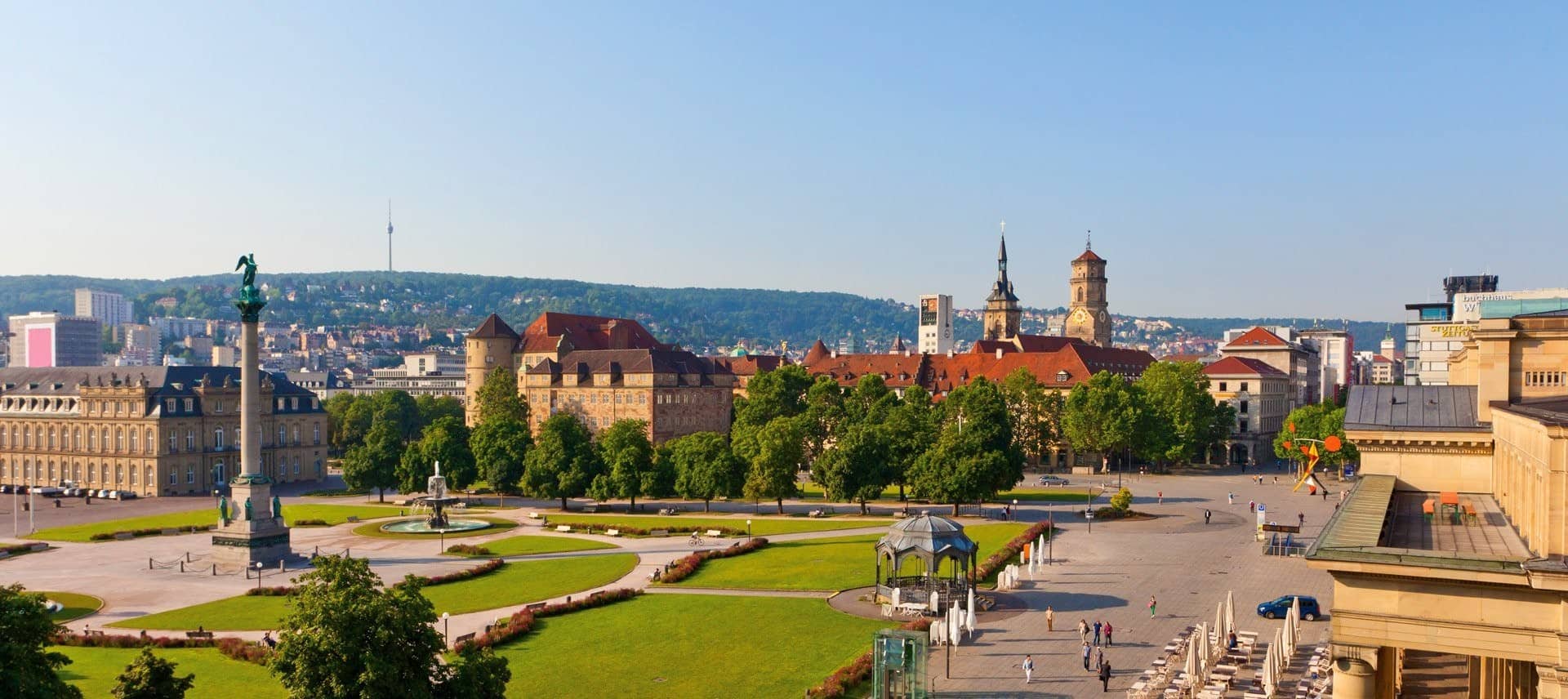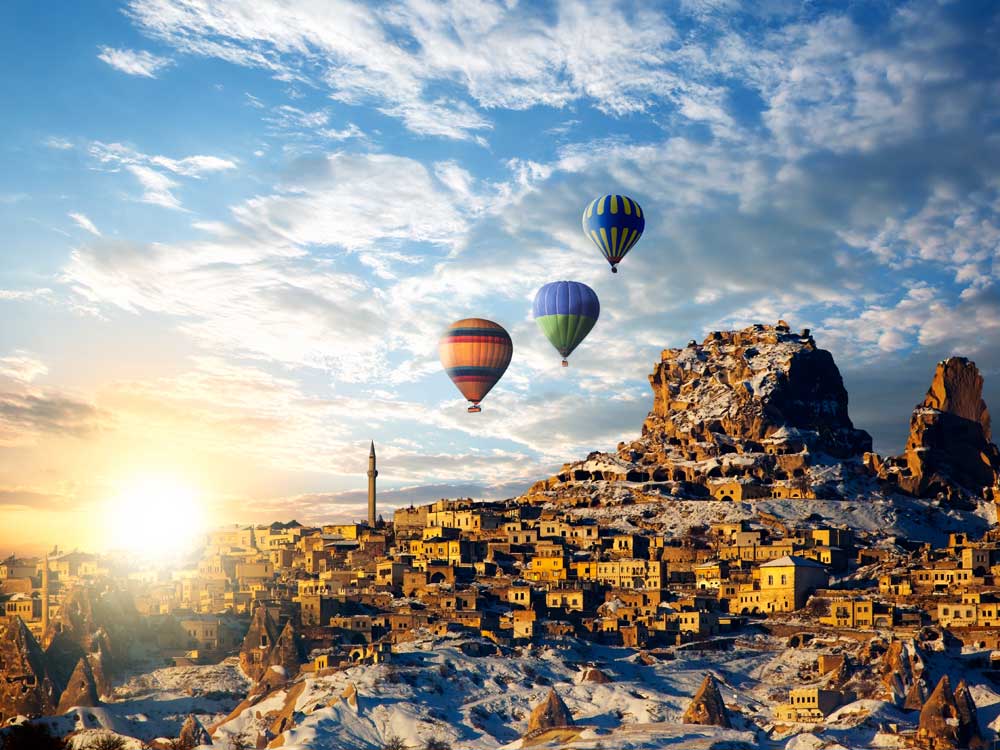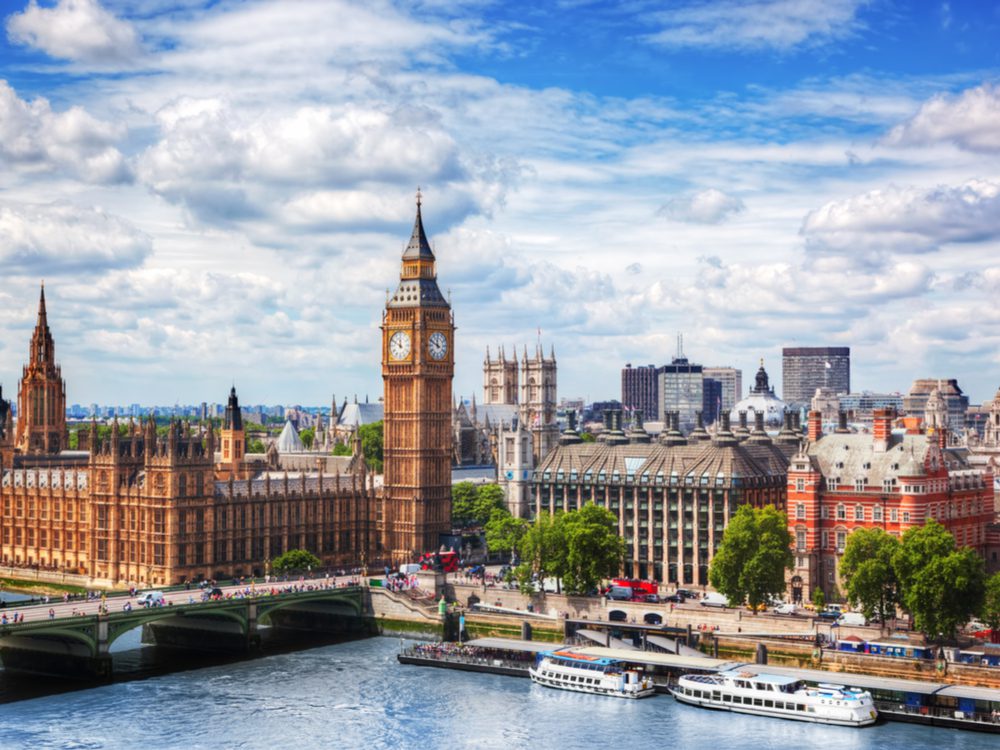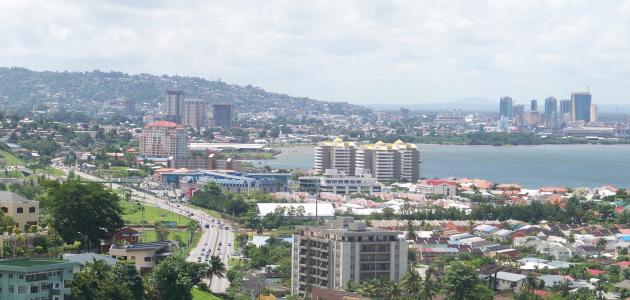Table of Contents
Mauritius Islands website
Mauritius Island is located in the Indian Ocean off the east coast of Africa, it is part of the Mascarine Islands and its capital is Port Louis, and Mauritius Island is located 800 kilometers east of Madagascar, and this island was originally a volcanic region surrounded by coral reefs in all aspects.
The northern part of Mauritius is distinguished by its easy rise to a plateau of varying altitude, with altitudes ranging between 270 – 730 meters above sea level. The island has two main rivers: the Grand River and the Black River. The island also owns Vakos Lake, which is the main source of water on the island.
Geography of Mauritius
The island of Mauritius was formed nearly eight million years ago by volcanic activity, and despite this, no volcanic activity occurred on the island more than 100,000 years ago, as rivers flow through ancient crevices formed by the flow of lava, and the island is characterized by white sandy beaches, In addition to the presence of approximately one hundred uninhabited islands and rocks located off the coast of the island of Mauritius, the highest point in Mauritius, Mount Pitton, is 828 meters.
Economy of Mauritius Island
The economy of Mauritius is highly dependent on tourism, in addition to the textile, sugar, information technology and renewable energy industries, and since the island is known for its tropical weather, warm waters, beautiful beaches, and general culture, it is a tourist destination for luxury holidays.
Although the island does not have natural resources to support its economy, it does possess renewable energy sources including hydro, solar and wind energy, and Mauritius is ranked as one of the highest economies in Africa.
Mauritius soil and climate
The arable soil covers more than half the area of the island, where sugar cane is the main crop for export, and vegetables and tea are also cultivated for local consumption. The island is characterized by a subtropical marine climate with fairly uniform temperatures throughout the year.
Two seasons can be defined on the island, as follows: the hot season from December to April, and the cold season from June to September, and the annual rain ranges from about 900 mm on the west coast to 1525 mm on the southeast coast, and about 5080 mm On the central plateau.

